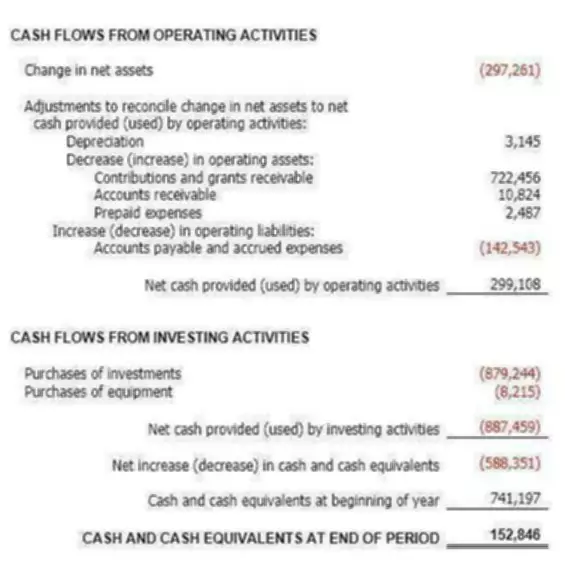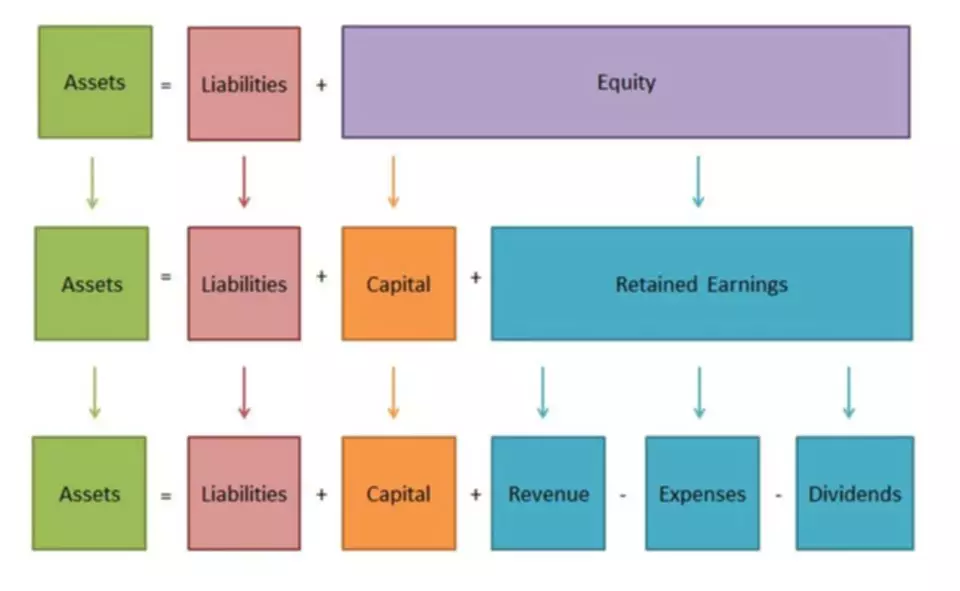Contribution Margin: What It Is, How to Calculate It, and Why You Need It

Net sales is determined by taking total gross revenue and deducting residual sale activity such as customer returns, product discounts, or product recalls. Cost of goods sold is the sum of the raw materials, labor, and overhead attributed to each product. Inventory (and by extension cost of goods sold) must be calculated using the absorption costing method as required by generally accepted accounting principles (GAAP). Variable costs are direct and indirect expenses incurred by a business from producing and selling goods or services. These costs vary depending on the volume of units produced or services rendered. Variable costs rise as production increases and falls as the volume of output decreases.

Alternatively, the company can also try finding ways to improve revenues. For example, they can increase advertising to reach more customers, or they can simply increase the costs of their products. However, these strategies could ultimately backfire and result in even lower contribution margins. The contribution margin shows how much additional revenue accounts expenses is generated by making each additional unit product after the company has reached the breakeven point. In other words, it measures how much money each additional sale “contributes” to the company’s total profits. In these kinds of scenarios, electricity will not be considered in the contribution margin formula as it represents a fixed cost.
Income Statement and Unit Economics Assumptions
The difference in treatment of these two types of costs affects the format and uses of two statements. This means that the contribution margin income statement is sorted based on the variability of the underlying cost information, rather than by the functional areas or expense categories found in a normal income statement. The contribution margin is different from the gross profit margin, the difference between sales revenue and the cost of goods sold.

The contribution margin represents the revenue that a company gains by selling each additional unit of a product or good. This is one of several metrics that companies and investors use to make data-driven decisions about their business. As with other figures, it is important to consider contribution margins in relation to other metrics rather than in isolation. Profit margin is the amount of revenue that remains after the direct production costs are subtracted. Contribution margin is a measure of the profitability of each individual product that a business sells. In the absorption and variable costing post, we calculated the variable product cost per unit.
Definition of Contribution Margin Income Statement
Net sales is calculated the same for contribution margin as gross margin. Often, a company’s cost of goods sold will be comprised of variable costs and fixed costs. Variable costs are only expenses incurred in proportion of manufacturing; for example, manufacturing one additional unit will result in a little bit of materials expense, labor expense, and overhead expenses. At a contribution margin ratio of 80%, approximately $0.80 of each sales dollar generated by the sale of a Blue Jay Model is available to cover fixed expenses and contribute to profit.
Before making any major business decision, you should look at other profit measures as well. A contribution margin income statement is an income statement in which all variable expenses are deducted from sales to arrive at a contribution margin. Then, all fixed expenses are subtracted to arrive at the net profit or net loss for the period. Thus, the arrangement of expenses in the income statement corresponds to the nature of the expenses.
Free Accounting Courses
In the Dobson Books Company example, the total variable costs of selling $200,000 worth of books were $80,000. Remember, the per-unit variable cost of producing a single unit of your product in a particular production schedule remains constant. The Indirect Costs are the costs that cannot be directly linked to the production. Indirect materials and indirect labor costs that cannot be directly allocated to your products are examples of indirect costs. Furthermore, per unit variable costs remain constant for a given level of production. Yes, contribution margin will be equal to or higher than gross margin because gross margin includes fixed overhead costs.
Rocket Companies Announces Fourth Quarter and Full Year 2022 … – PR Newswire
Rocket Companies Announces Fourth Quarter and Full Year 2022 ….
Posted: Tue, 28 Feb 2023 08:00:00 GMT [source]
In other words, contribution margin per unit is the amount of money that each unit of your product generates to pay for the fixed cost. Accordingly, the contribution margin per unit formula is calculated by deducting the per unit variable cost of your product from its per unit selling price. Thus, the level of production along with the contribution margin are essential factors in developing your business.
CVP Analysis Guide
For this section of the exercise, the key takeaway is that the CM requires finding the revenue from the sale of a specific product line, along with the specific variable costs. While there are various profitability metrics – ranging from the gross margin down to the net profit margin – the contribution margin (CM) metric stands out for the analysis of a specific product/service. If a company has $2 million in revenue and its COGS is $1.5 million, gross margin would equal revenue minus COGS, which is $500,000 or ($2 million – $1.5 million). As a percentage, the company’s gross profit margin is 25%, or ($2 million – $1.5 million) / $2 million. For example, assume that the students are going to lease vans from their university’s motor pool to drive to their conference. If they send one to eight participants, the fixed cost for the van would be $200.
- This income statement format is a superior form of presentation, because the contribution margin clearly shows the amount available to cover fixed costs and generate a profit (or loss).
- The higher the number, the better a company is at covering its overhead costs with money on hand.
- Before making any major business decision, you should look at other profit measures as well.
- Thus, the contribution margin in our example is 40%, or ($10,000 – $6,000) / $10,000.
- Contribution margin income statements, by contrast, are often presented to managers and stakeholders to analyze the performance of individual products or product categories.
If they send nine to sixteen students, the fixed cost would be $400 because they will need two vans. We would consider the relevant range to be between one and eight passengers, and the fixed cost in this range would be $200. If they exceed the initial relevant range, the fixed costs would increase to $400 for nine to sixteen passengers. Refer to panel B of Figure 5.7 as you read Susan’s comments about the contribution margin income statement. The first step in doing the calculation is to take a traditional income statement and recategorize all costs as fixed or variable. For example, if the price of your product is $20 and the unit variable cost is $4, then the unit contribution margin is $16.
Example 1 – single product:
While it cannot be used for GAAP financial statements, it is often used by managers internally. Thus, the contribution margin ratio expresses the relationship between the change in your sales volume and profit. So, it is an important financial ratio to examine the effectiveness of your business operations. To go through a simple example, let’s say there’s an e-commerce company selling t-shirts for $25.00 with variable costs of $10.00 per unit. The Contribution Margin represents the revenue from a product minus direct variable costs, which results in the incremental profit earned on each unit of product sold. For an example of contribution margin, take Company XYZ, which receives $10,000 in revenue for each widget it produces, while variable costs for the widget is $6,000.
